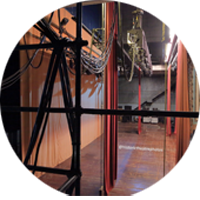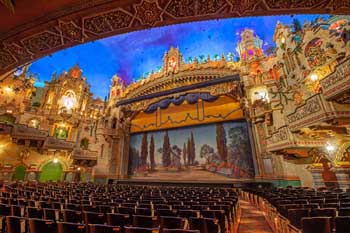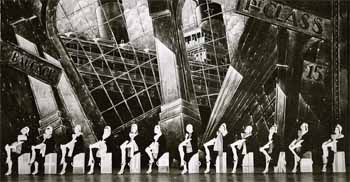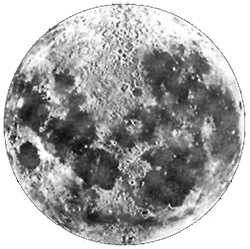
<< Go Back up to Theatre Research

Skip to: A | B | C | D | E | F | G | H | I | J | K | L | M | N | O | P | Q | R | S | T | U | V | W | X | Y | Z


 .
.

Photographs copyright © 2002-2024 Mike Hume / Historic Theatre Photos unless otherwise noted.
Text copyright © 2017-2024 Mike Hume / Historic Theatre Photos.
For photograph licensing and/or re-use contact me here  .
.
| Follow Mike Hume’s Historic Theatre Photography: |  |
 |